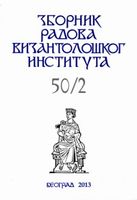
Byzantine Eden
Byzantine Eden
Keywords: Eden; Paradise; Aeon; Septuagint; celestial; terrestial; sacral garden; iconography
The article deals with Byzantine descriptions of Eden juxtaposed to celestial Paradise.
More...
Keywords: Eden; Paradise; Aeon; Septuagint; celestial; terrestial; sacral garden; iconography
The article deals with Byzantine descriptions of Eden juxtaposed to celestial Paradise.
More...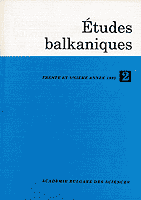
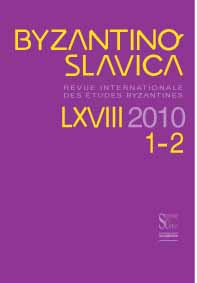
The article deals with the question of existence of a separate academic field of Byzantine philosophy and of its place in the modern philosophical research. In the first part, author gives an outline of the main trends in the scholarship on Byzantine philosophical tradition, highlighting some of the main works in the field. In the second part, the author gives his opinion on the questions raised and offers some suggestions and remarks on the development of the study of Byzantine philosophy.
More...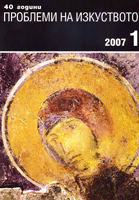
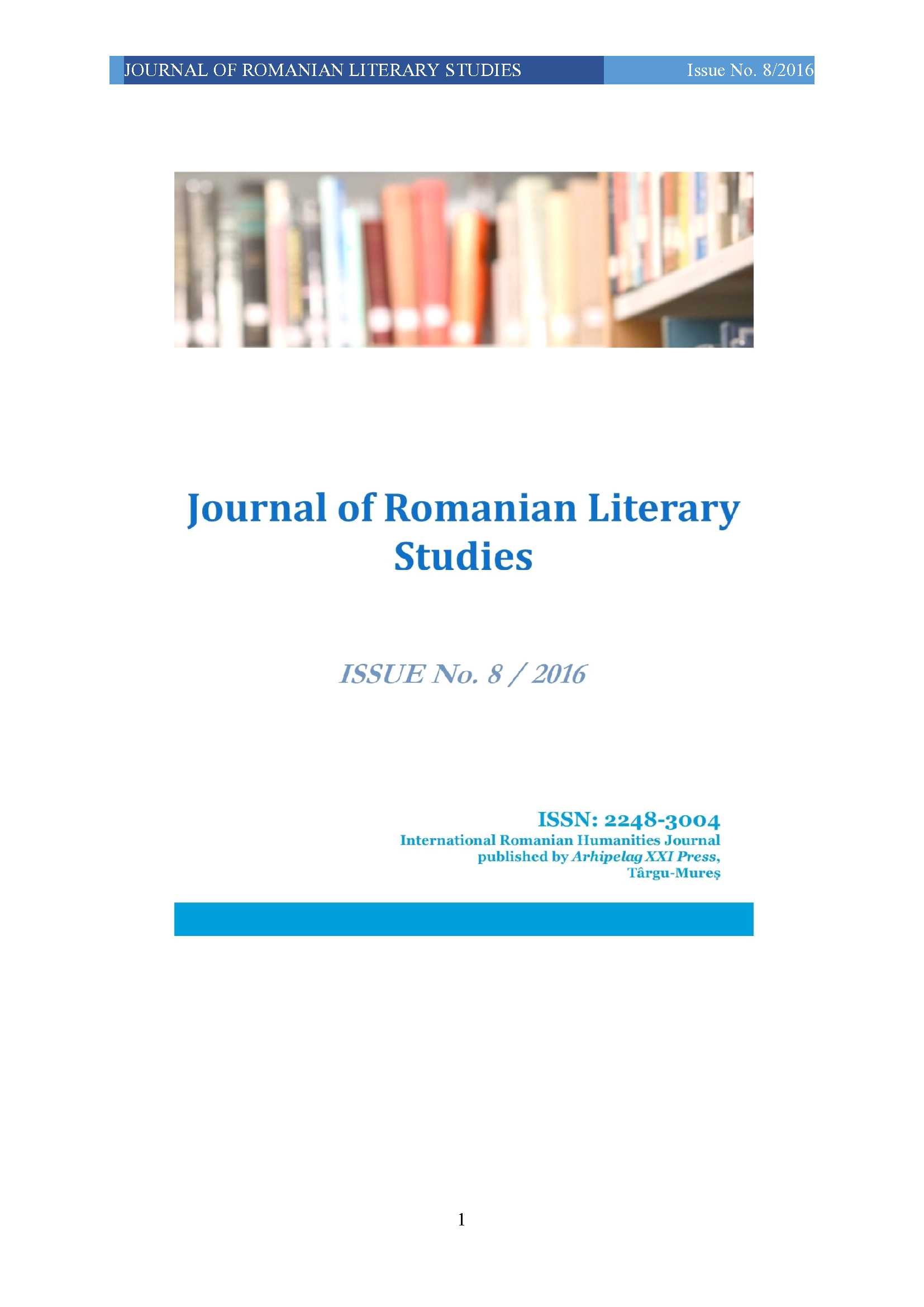
Keywords: South ŔEastern Europe;byzantine;romanised;Christian;Orthodox
Eastern Europe - Southeast was even from the Byzantine period a conflict zone, influences and cultural contrasts. An enormous area bounded on the east by the Dniester River, west of Tisa in the south of the Dinaric Mountains and north of the Vistula. This was a heavily disputed area over time, Even their story is not unitarian,such as their people: in the are of former Dacia proper, they would be absorbed and latinized thus leaving a lasting ethno-linguistic footprint. In the East, between the Dniester and Volga Rivers the slavs were the majority, forming the foundation of Russia, Belarus and Ukraine today, states strongly related to their Slavic heritage.
More...
Keywords: byzantine;Bulgarian history;
More...
Keywords: byzantine;
More...
Keywords: byzantine;
More...
Keywords: byzantine;Bulgarian history;
More...
Keywords: byzantine;
More...
Keywords: byzantine;
More...
Keywords: byzantine;
More...
Keywords: byzantine;Bulgarian history;
More...
Keywords: byzantine;Bulgarian history;
More...
Keywords: byzantine;Bulgarian history;
More...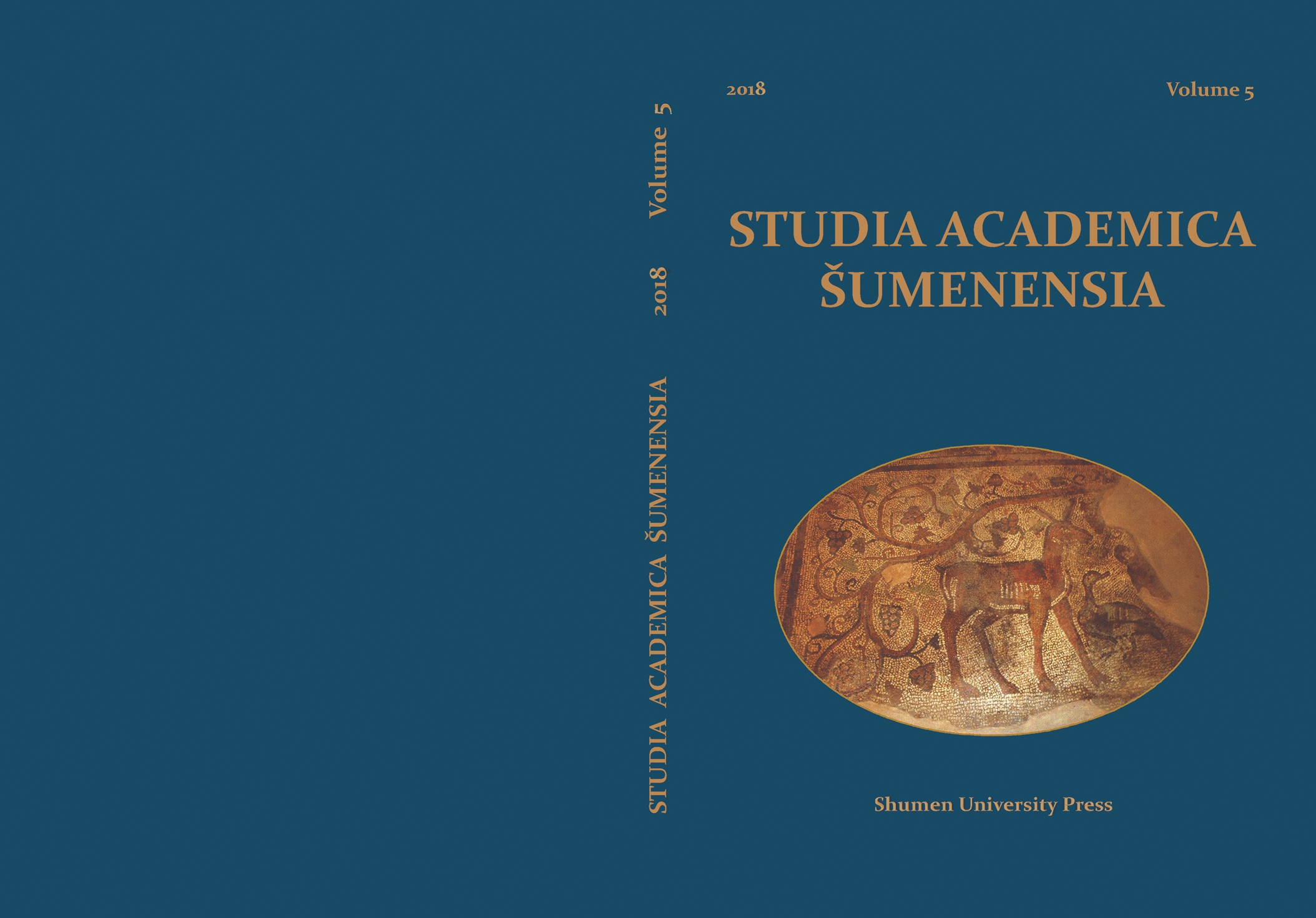
Keywords: sigillography; Byzantine lead seals; boulloteria
The article offers a brief overview of the development of Byzantine sigillography. We study the publications in the different countries and their contribution which leads to the main purpose of compiling a complete corpus of Byzantine seals and using their information as complete historical sources.
More...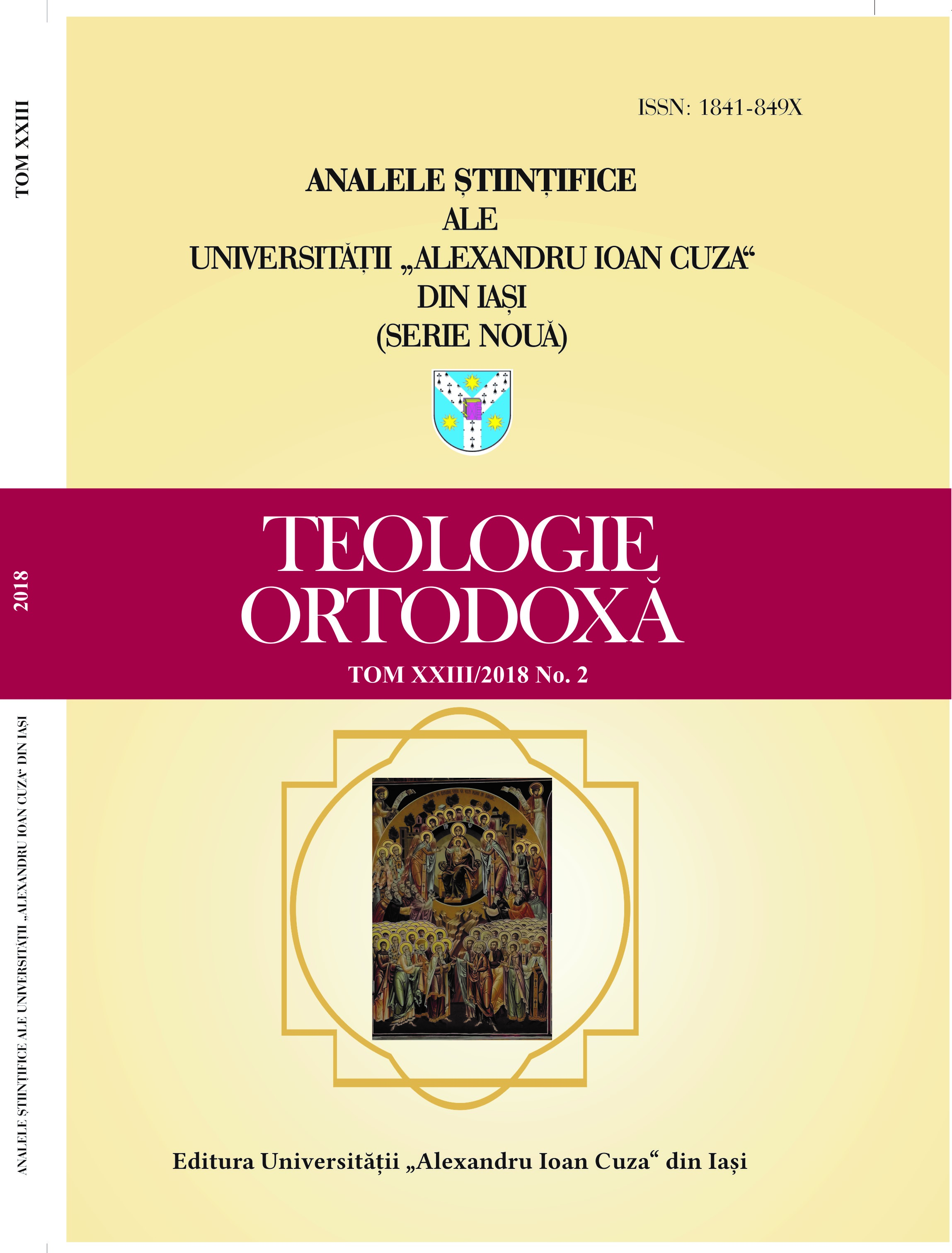
Keywords: "icon"; "Byzantine style"; "Byzantine pictorial system"; "pictorial language";
Byzantine painting is more than just a style in the history of painting, it is a way of portraying a different, spiritual reality. Based on the art of late antiquity, Byzantine painting evolved as an artistic language expressing the relation between God and man. Regardless of the historic period or geographic region to which a certain Byzantine monument belongs, it is constructed under the rules and principles of the same pictorial system, while a sum of characteristics of pictorial elements are changing according to each artist, painting school or region.
More...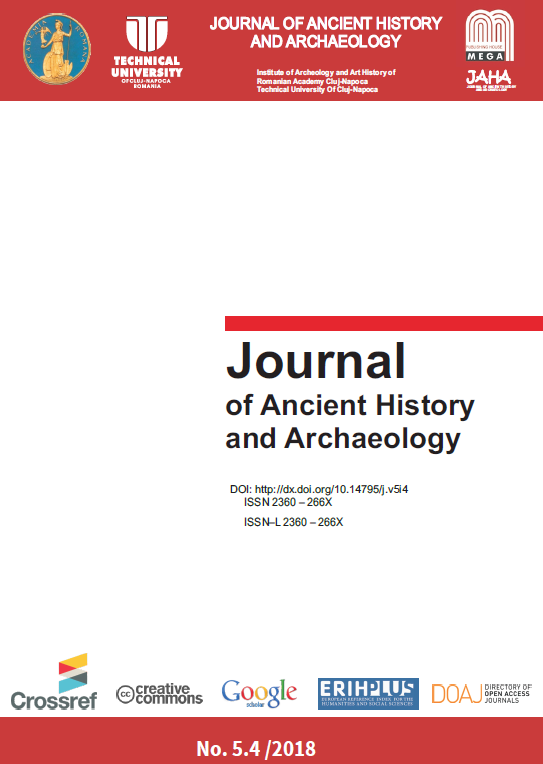
Keywords: Byzantine Historiography; Byzantine History; Byzantine Studies; Bibliography; 20th Century Historians; Ancient History; Byzantine Empire; Byzantine Textbooks; Historiography
Though the modern study of Byzantine civilisation and history dates back to the late 19th century, the establishment of a definitive introductory textbook in the English language would be a slow process that would not culminate until the 1950’s. Due in part to the enormous chronological termini of Byzantine History, and major primary sources in at least five different languages, the number of introductory works is much smaller than in other historical disciplines. As a result, Byzantine history textbooks are still very closely welded to two initial templates established in 1892 and 1925. This article will briefly examine the initial templates laid down by the early authors of Byzantine textbooks. Following the examination of these templates, we will move chronologically through some of the main publications of the long 20th century, concluding in the present day, gauging the impact of these works through scholarly reaction and publication information.
More...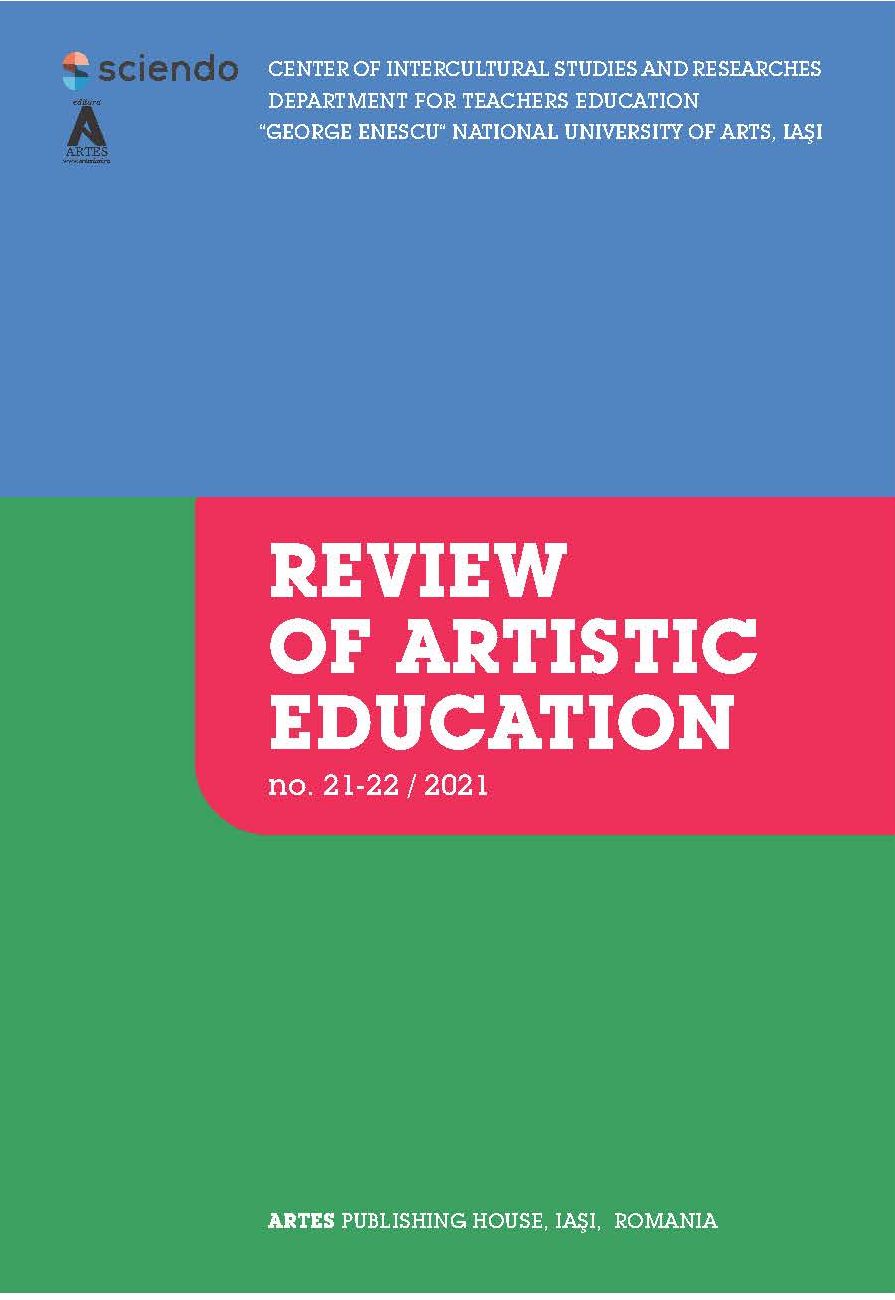
Keywords: Hermeneia; Byzantine; art; manuscript; izvod;
In the context of the flagrant mistakes that are encountered in ecclesiastical painting and the lack of basic knowledge in this field, this study comes to present how Hermeneia has evolved throughout history. Starting from the Byzantine period, passing through the post-Byzantine period and reaching to the present day, Hermeneia and her predecessors, manuscripts and sketchbooks, aimed to help and maintain a canonical-artistic-ecclesial unity throughout the Orthodox Christian area. Another aspect of the article presents some ways of approaching Hermeneia from various points of view: technical, iconographic-illustrative, compositional, academic and theological. Throughout history, Hermeneia has been synthesized and structured in such a way as to provide a maximum of information but its volume should not be difficult to use by iconographers.
More...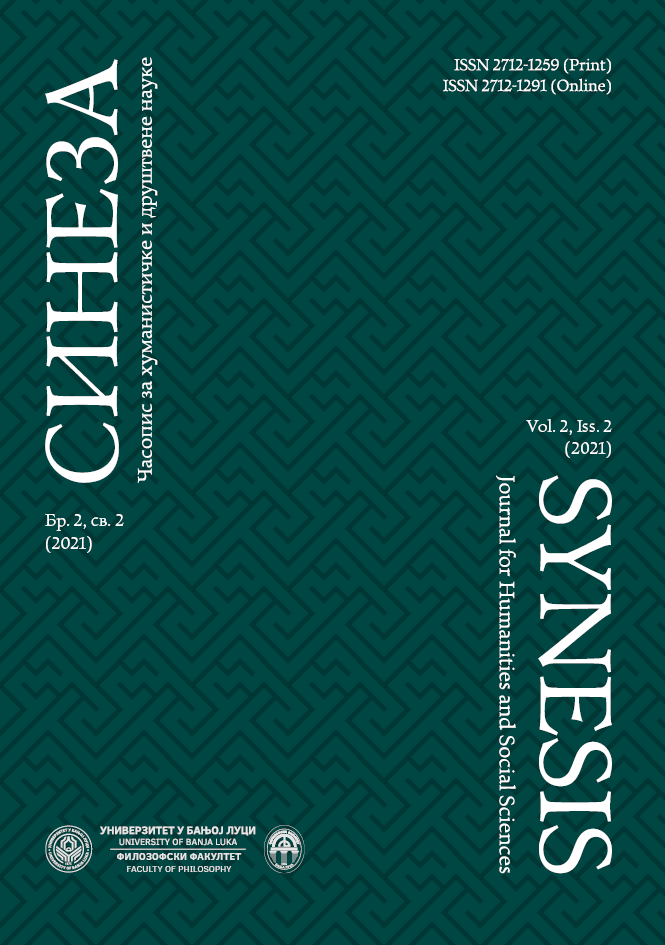
Review of Angelov, Dimiter. (2019). The Life of Emperor Theodore Laskaris and Byzantium in the Thirteenth Century. Cambridge: Cambridge University Press. str. 460
More...